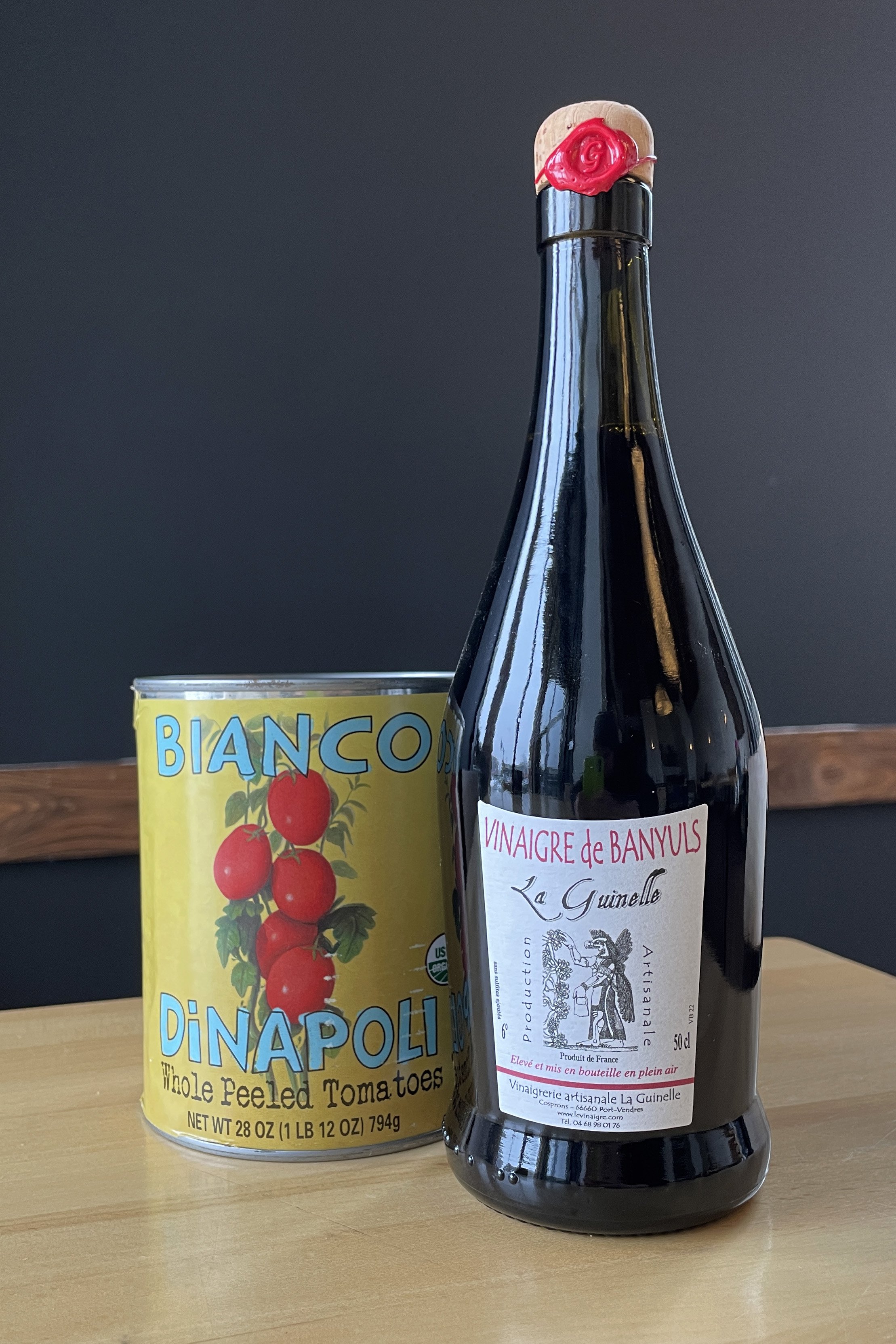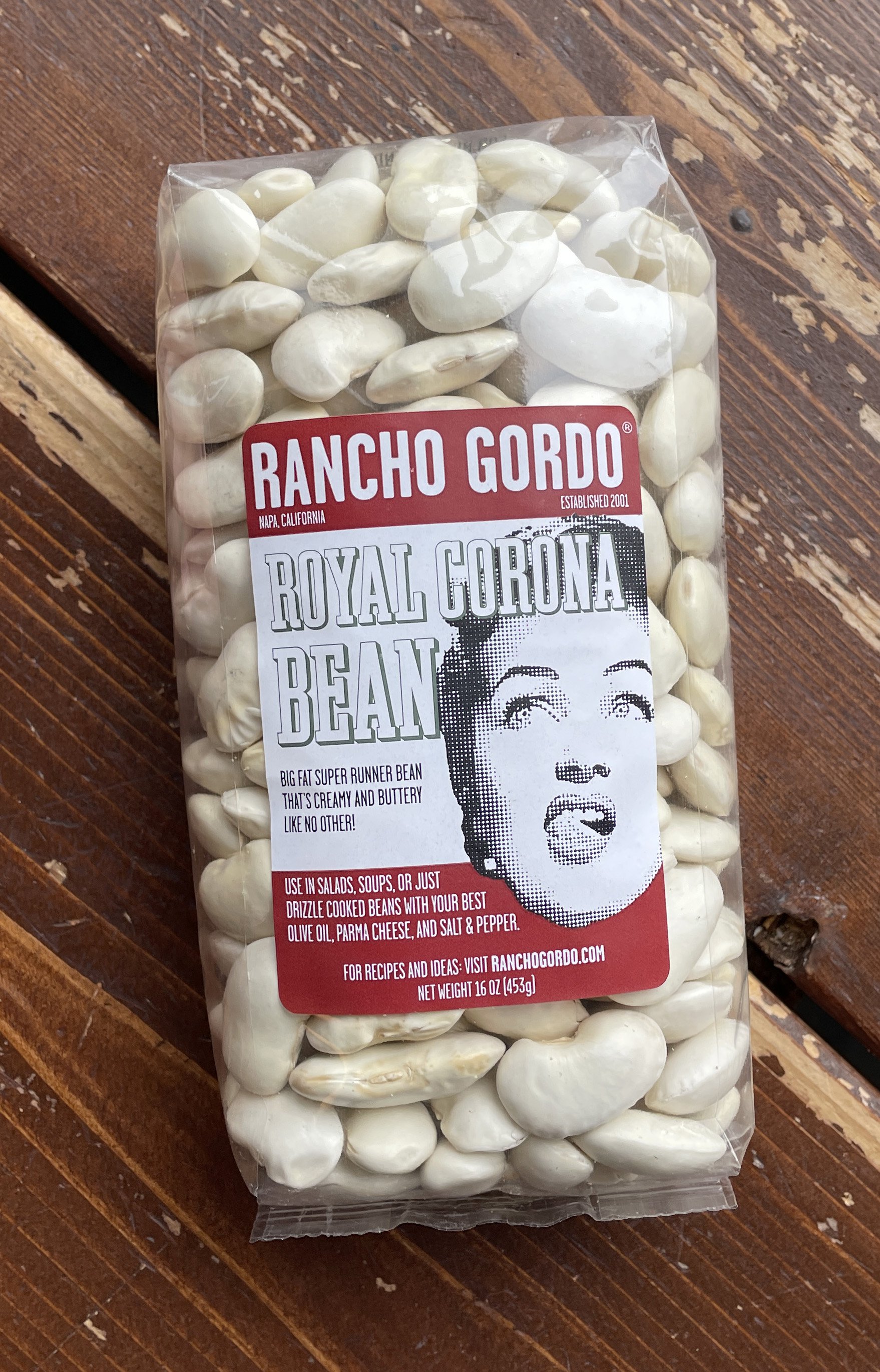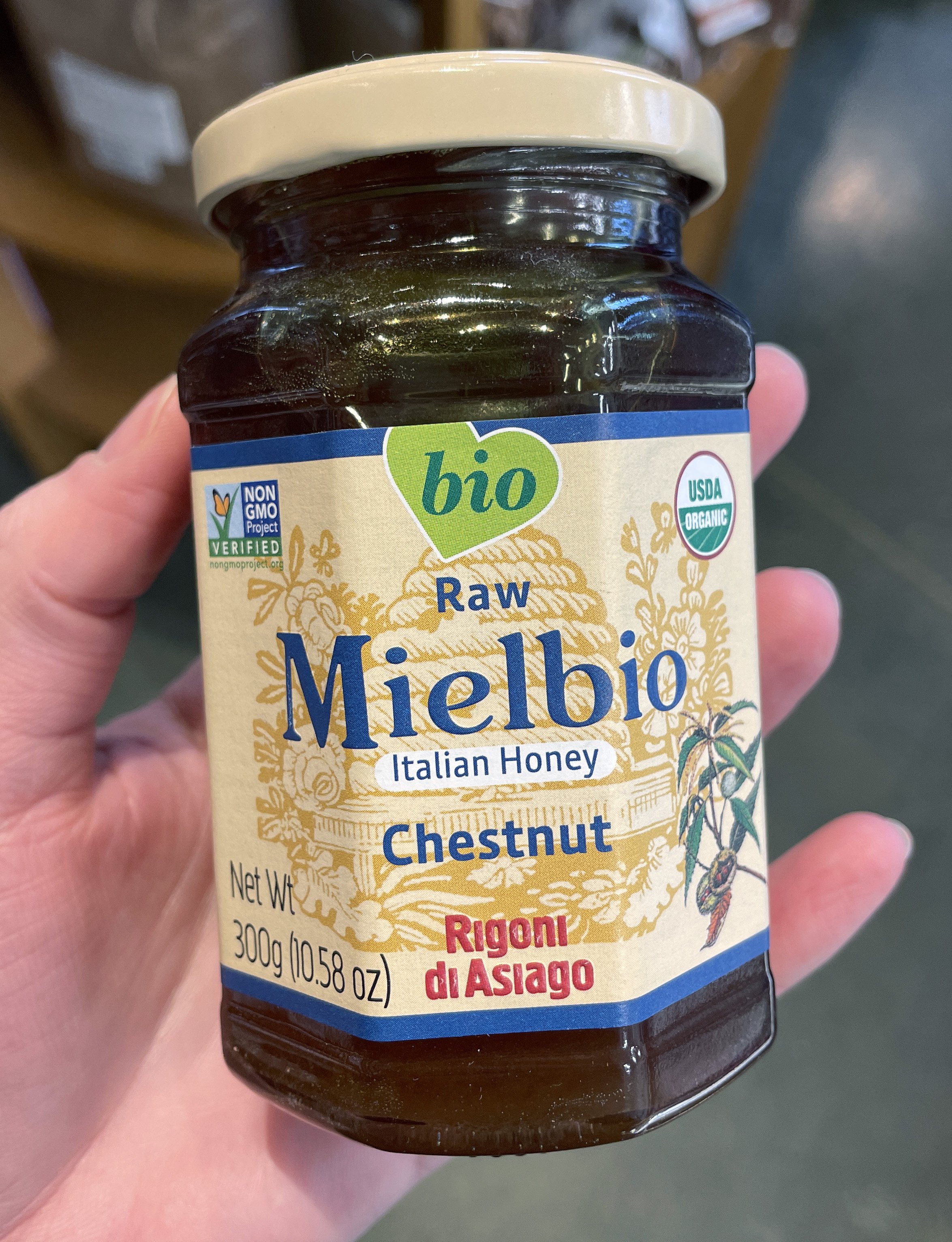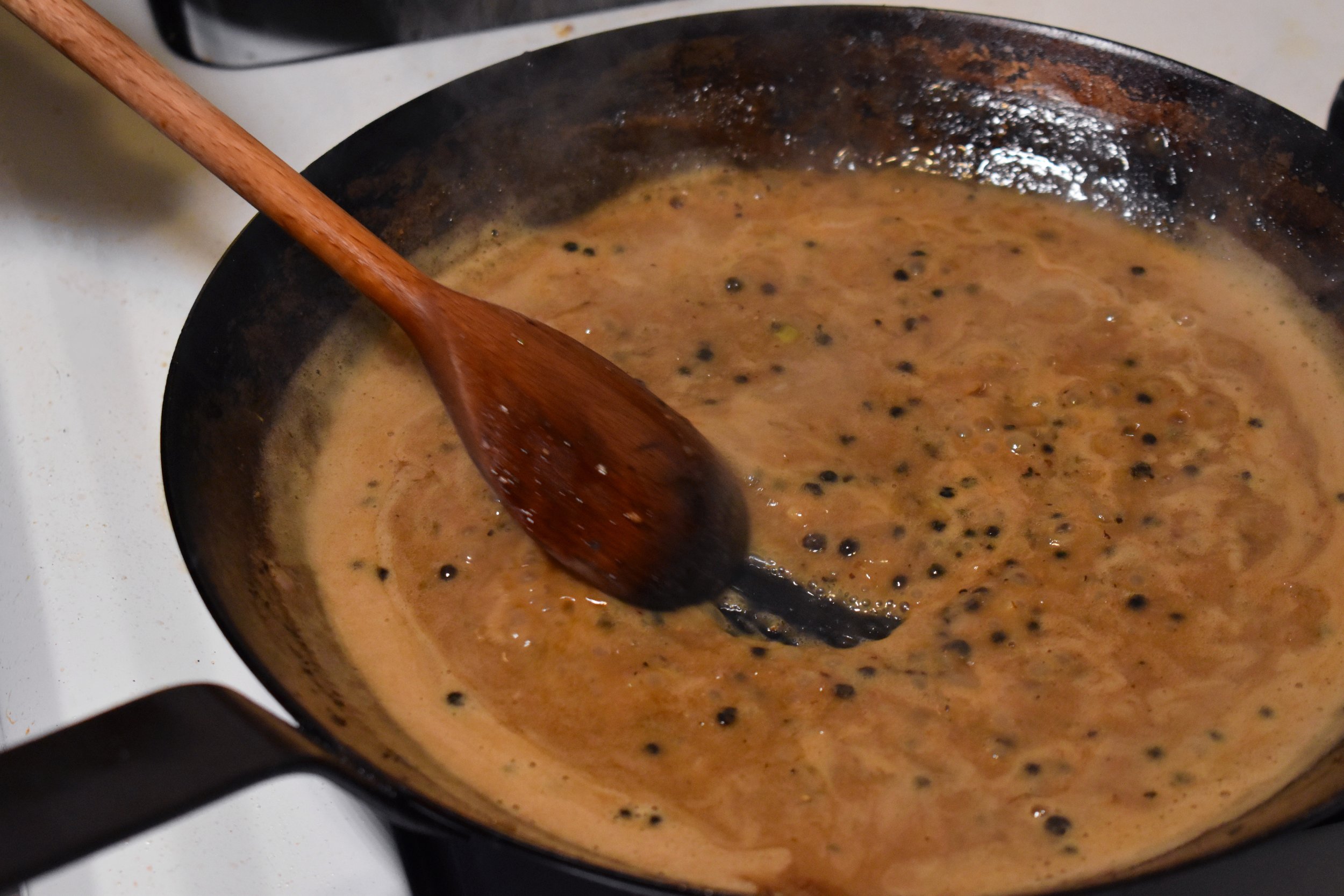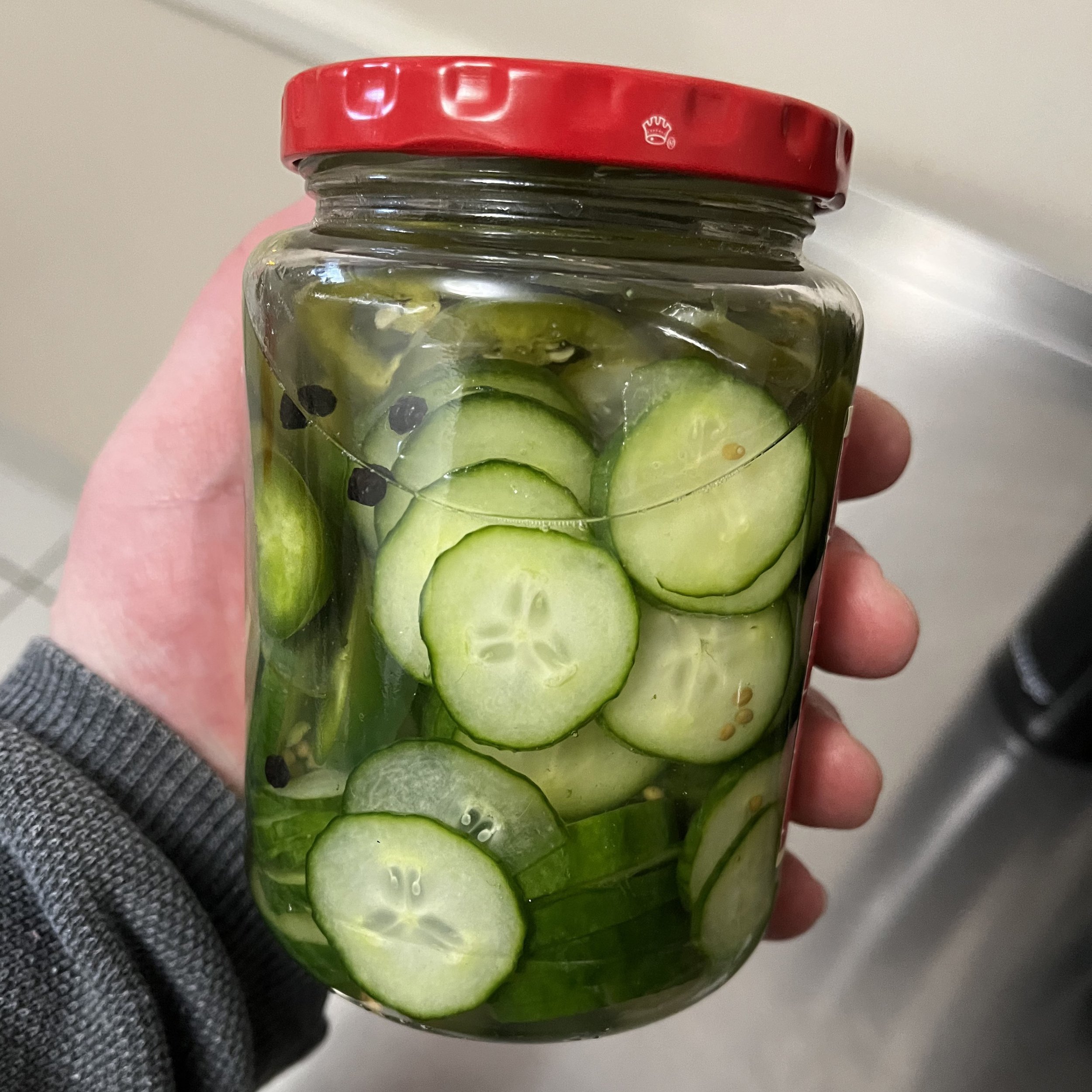by Matt Gruber
After dipping my toes into chili verde and enjoying a taste of summer, I decided to take my pork adventures a bit farther east over to Cuba: Mojo, Pork Mojo (as one famous British spy maybe once said). Mojo in its origin means sauce. Typically it's prepared with some variety of pepper, olive oil, garlic, paprika, cumin, and coriander. Traditionally you see a green or red take on this sauce being used on any variety of meat from sea to land. If you venture into other parts of the Caribbean you will find a similar Mojo with robust citrus, cilantro, and garlic, almost exclusively used on pork. Keeping it fairly simple and to the point I stuck to the heavy citrus with the addition of Mandarinquats. A funny small fruit being the result of kumquats and satsuma mandarins packs a nice tart pulp with no lack of juice- it was the perfect addition to this dish. An easy recipe for a lazy day slow cooker meal or a few hour dutch oven braise. Guaranteed to have your house smelling good and your belly nice and happy. Paired with Rancho Gordo black beans you cannot go wrong.
Ingredients
1# Pork shoulder or Boston butt
3 cloves garlic, minced
2 tbsp ground cumin
1 lime zested and juiced
1 lemon zested and juiced
4 mandarinquats zested and juiced
1 qt chicken stock
1/2 bunch cilantro
salt and pepper to taste
1 cup orange juice with pulp
1. Brown pork on all sides for 3-4 minutes.
2. While pork is browning, mince garlic, zest lemon, lime, mandarinquat, and chop cilantro. Place aside in a bowl.
3. Get your dutch oven or crockpot ready by placing 1 qt of chicken stock, 2 tbsp ground cumin, citrus zest, and 1/2 cilantro inside. (leftover cilantro for garnish)
4. Take browned pork and place inside the preferred cooking vessel and let go for 2hr in a dutch oven at 375 or 4hr in a slow cooker on high.
5. Shred pork once it has reached 210 degrees or higher, plate over rice and beans with cilantro garnish and a spoonful of cooking liquid.
I really enjoyed this dish with black beans and white rice. A bean booster I have been doing adds bay leaf, a dash of cumin, oregano, lime juice, and a splash of white vinegar.




